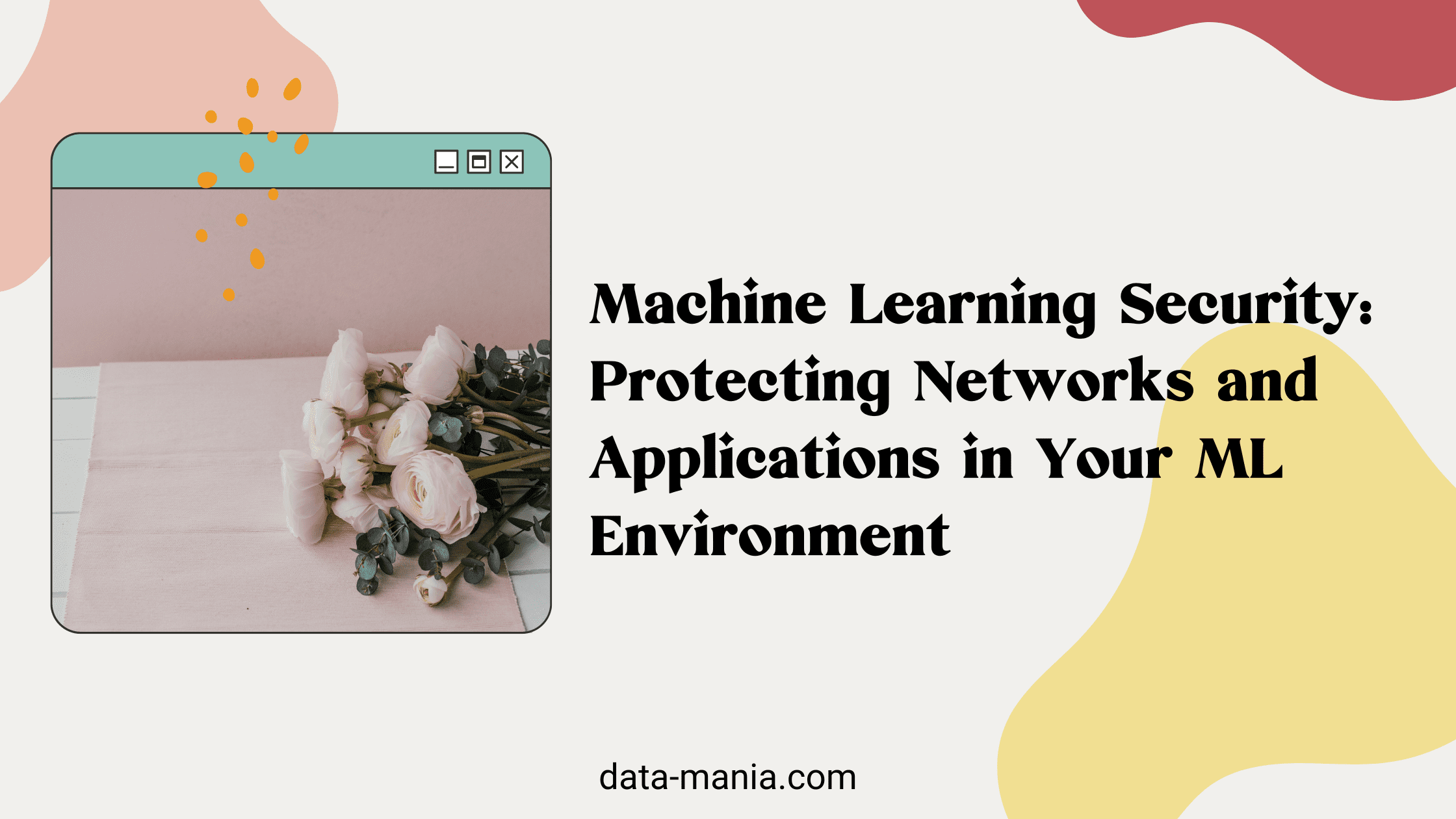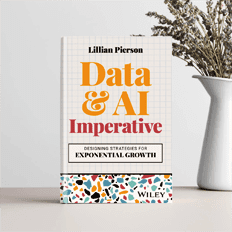What Is Machine Learning Security?
Machine learning security focuses on the security and privacy of machine learning systems and models. It includes the development of techniques and technologies to protect machine learning systems from adversarial attacks, data leaks, and other security threats. It also includes the analysis of the security and privacy implications of machine learning algorithms and applications.

Some of the key challenges in this field include developing machine learning models that are robust and resistant to adversarial attacks, protecting the privacy of sensitive data used to train machine learning models, and ensuring the integrity and security of machine learning systems in production environments.
Machine Learning Security Threats
Machine learning security threats refer to various forms of malicious or accidental attacks. These can compromise system integrity and performance. Threats can arise at various stages of the machine learning lifecycle, such as training, deployment, or use of a model.
Adversarial attacks are a specific type of machine learning security threat. These are designed to manipulate or disrupt the functioning of a machine learning system by providing it with maliciously crafted input data. These attacks can occur during training or at the testing stage:
- Training-time attacks: These attacks attempt to manipulate the training data in a way that causes the model to learn incorrect or biased patterns. One example is introducing targeted noise or poisoning training data with malicious examples. The goal of such attacks is to cause the model to make incorrect predictions on new, unseen data.
- Inference-time attacks: These attacks attempt to cause the model to make incorrect predictions on new, unseen data by manipulating the input data at the time of inference. For example, an attacker might try to cause a model to misclassify a maliciously crafted image by adding small, carefully chosen perturbations to it. These attacks are hard to detect and defend against since they don’t alter the training data or model parameters.
It’s worth noting that adversarial attacks are not the only form of machine learning security threats. There are other types of threats, like model stealing and poisoning. Its goal is to extract model parameters or steal it entirely, making it available for malicious use. Privacy related threats, where models can be used for surveillance, proliferation or re-identification of sensitive information is another area of concern.
Machine Learning Security Best Practices
Network Security
There are several steps organizations can take to enhance network security for ML models:
- Use secure communication protocols: This includes using HTTPS and SSL/TLS to protect data in transit, and implementing strong passwords and two-factor authentication to secure access to systems and applications.
- Segment networks: By segmenting networks, organizations can limit the scope of potential breaches and make it more difficult for attackers to move laterally within the network.
- Use firewalls and intrusion detection systems: These can help block malicious traffic and alert administrators to potential security threats.
- Conduct regular security assessments and audits: This can help identify any vulnerabilities or weaknesses in the ML environment, and take steps to address them.
- Use encryption to protect sensitive data: This can help prevent unauthorized access to data, both in transit and at rest.
- Incident response: An incident response process for ML models can help to minimize the impact of an incident by providing a structured approach for identifying, containing, analyzing, and remediating an incident. It can help ensure quick restoration of affected systems to minimize business disruption.
Access Controls
Access controls are important for securing machine learning projects. They ensure only authorized individuals can access, modify, and use data and models in a machine learning system.
- Authentication: Organizations can implement strong authentication mechanisms, such as multi-factor authentication or biometric identification.
- Authorization: Once an individual or system has been authenticated, it is important to ensure that they are only able to access the data and models that they are authorized to use. Implementing fine-grained access controls, such as role-based access controls or attribute-based access controls, is the best way to achieve this.
- Auditing: This allows you to track and monitor data and model access to detect unauthorized access or modification attempts.

Supply Chain Security
A machine learning system is made up of many different software and hardware components, including libraries, frameworks, and algorithms, as well as the hardware that the system runs on. A variety of different vendors typically develop and supply these components. One can use these components together in various ways to build a machine learning system.
A compromised component, whether through attack or software vulnerability, can have a cascading effect on the entire system’s security. For instance, a software library vulnerability could exfiltrate sensitive data, or a hardware vulnerability could lead to unauthorized access.
Supply chain security practices may include:
- Secure development: Ensuring the secured development of the software and hardware components used in the system.
- Secure sourcing: Assessing vendors’ or suppliers’ security and reliability, and selecting those that have a good track record.
- Secure deployment: Securing the system’s perimeter, the data stored on the system, and the network that the system runs on.
- Continuous monitoring: Identifying software and hardware vulnerabilities applying software updates and patches as needed.
Model Development Documentation
Documenting the ML process ensures that the system is developed, deployed, and maintained in a consistent, repeatable, and secure manner. Documentation clarifies system design, identifies potential security risks, and ensures regulatory compliance and industry standards.
Specifically, documentation can aid in:
- Identifying the data sources and the data attributes used in the system, and understanding the collection, processing, and storage of these data, which is important for privacy compliance and secure data handling.
- Keeping track of the system development, testing and deployment process, which is important to ensure that the system is developed and deployed in a consistent and repeatable manner, and that security best practices are followed at each stage of the process.
- Providing transparency and traceability of the machine learning models, the training datasets and the evaluation process which is crucial for trust and accountability of the system, especially if critical decision making, is one of the uses of the system.
- Maintaining inventory of the system’s components and libraries and keeping track of updates and vulnerabilities which can help in identifying potential issues and apply fixes and patches in a timely manner.
Conclusion
Applications such as image and speech recognition, natural language processing, and predictive analytics, use machine learning (ML). As with any technology, security is a critical consideration for machine learning systems. Adversaries can compromise a machine learning system’s integrity or performance through tactics like malicious inputs, model theft, and poisoning.
Effective machine learning security requires data integrity and confidentiality, model protection from tampering, and privacy and robustness to adversarial attacks. To achieve this, robust data handling, access controls, development, testing, deployment, and continuous monitoring are necessary.
Security is an essential consideration for machine learning systems. Thus, organizations must take a comprehensive approach to protect their networks and applications in their ML environment. This helps ensure the confidentiality, integrity, and availability of their data and models, and protect against malicious or accidental attacks.
Hey! If you liked this post, I’d really appreciate it if you’d share the love! Just clicking one of the share buttons below!
A Guest Post By…


You can follow Gilad on LinkedIn.
If you’d like to contribute to the Data-Mania blog community yourself, please drop us a line at communication@data-mania.com.





